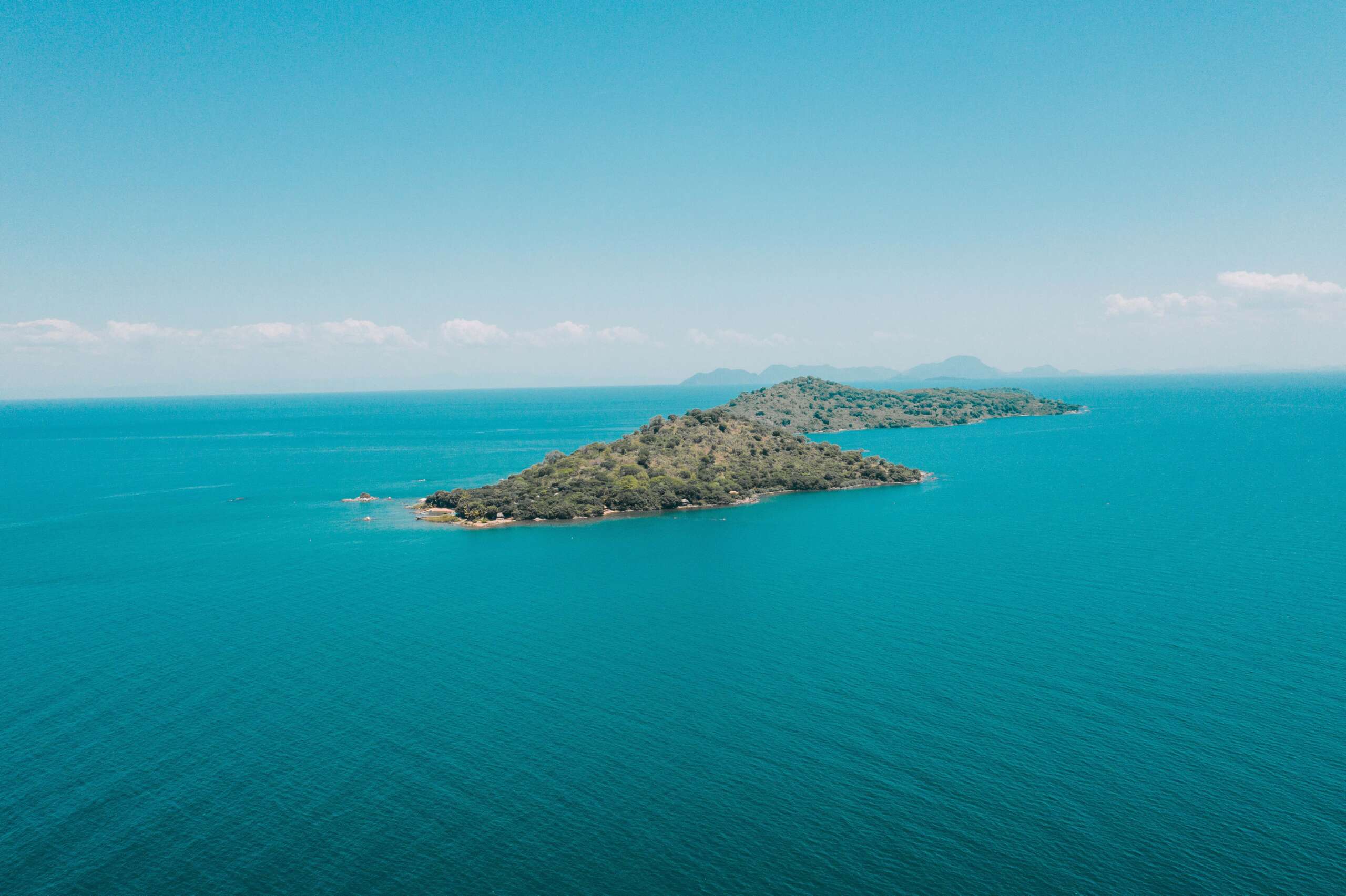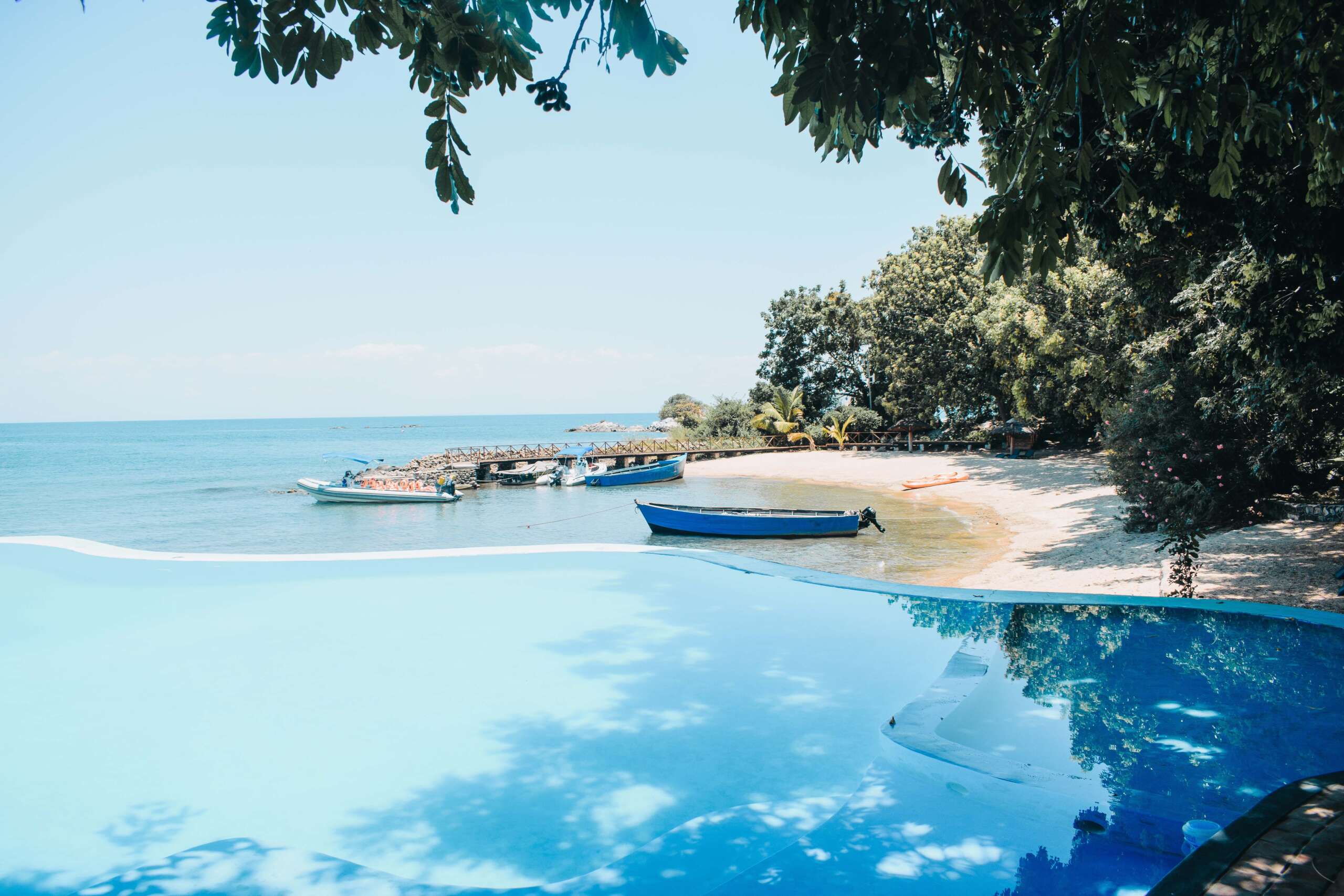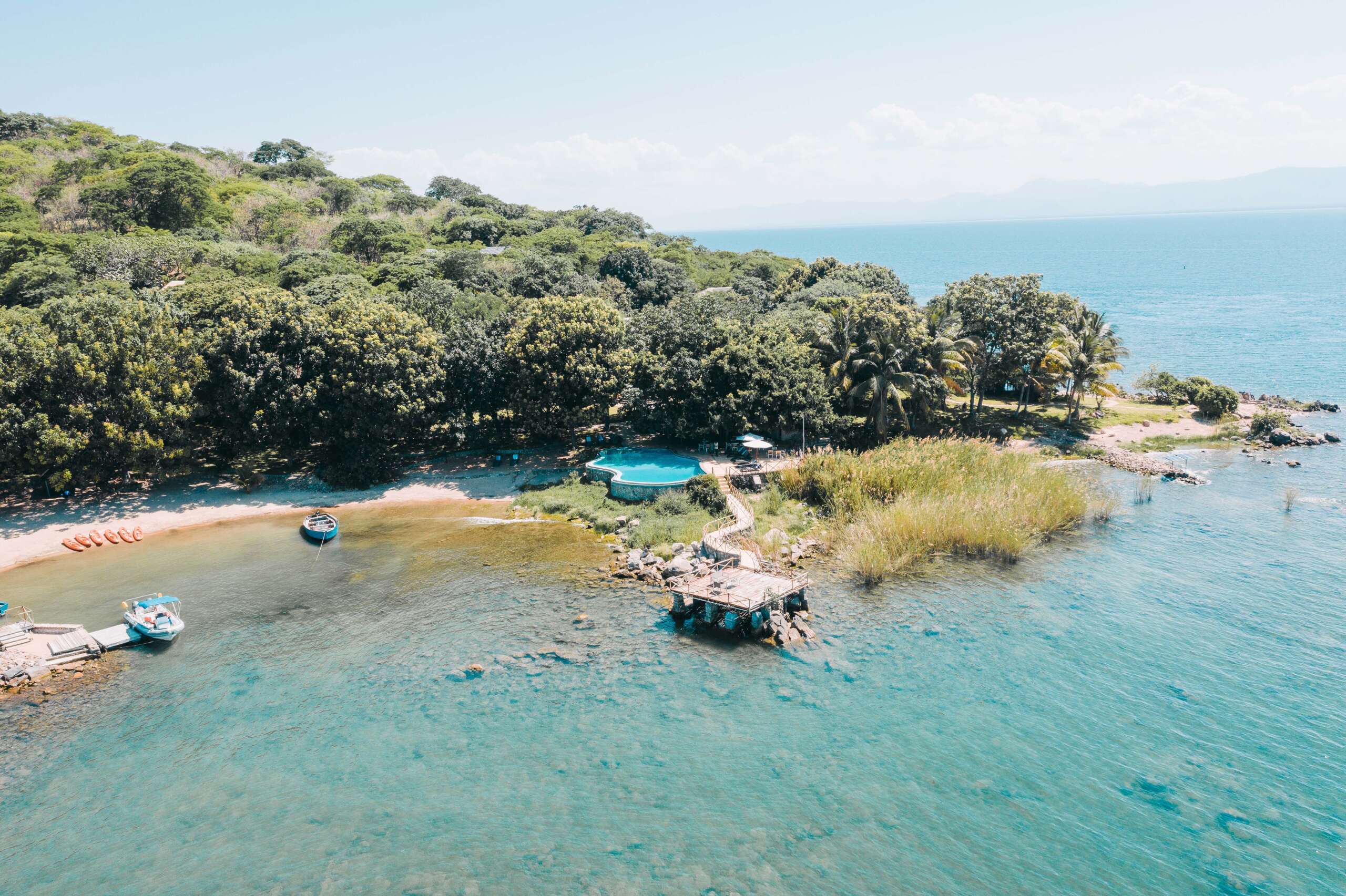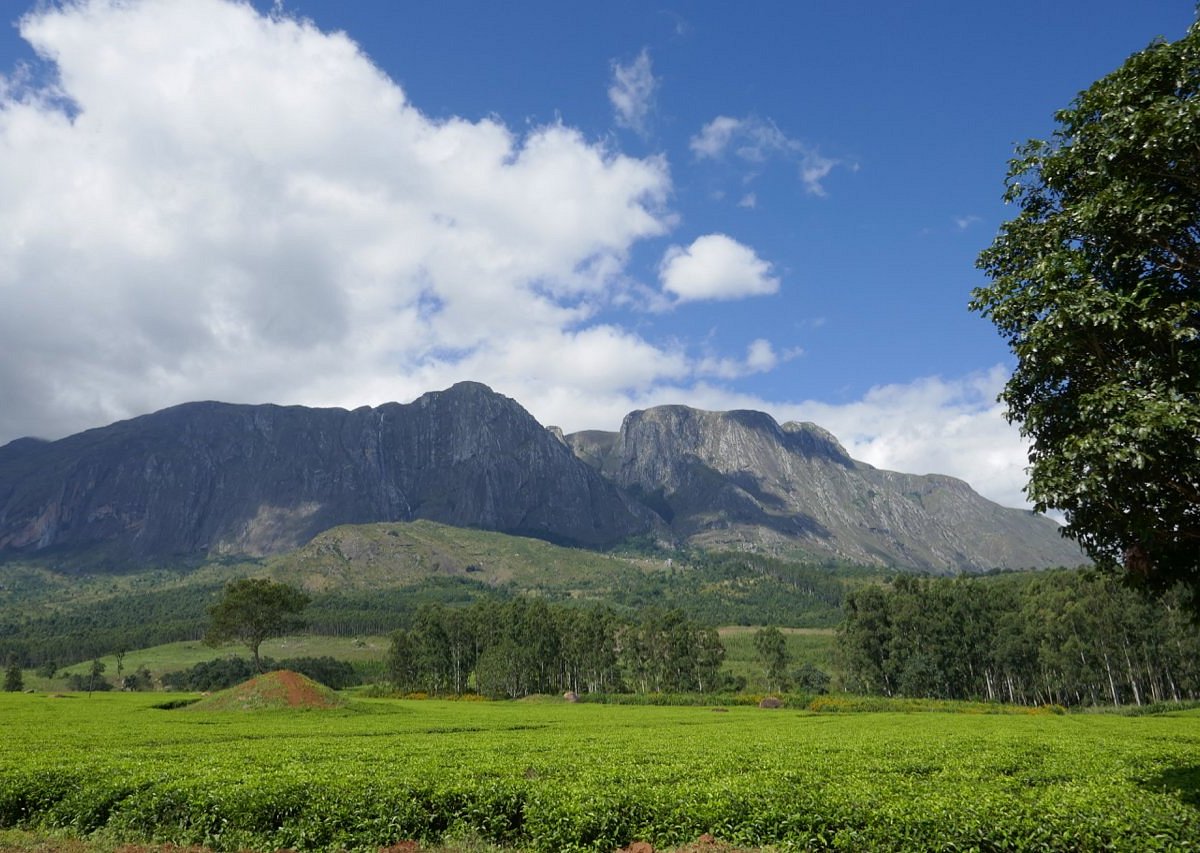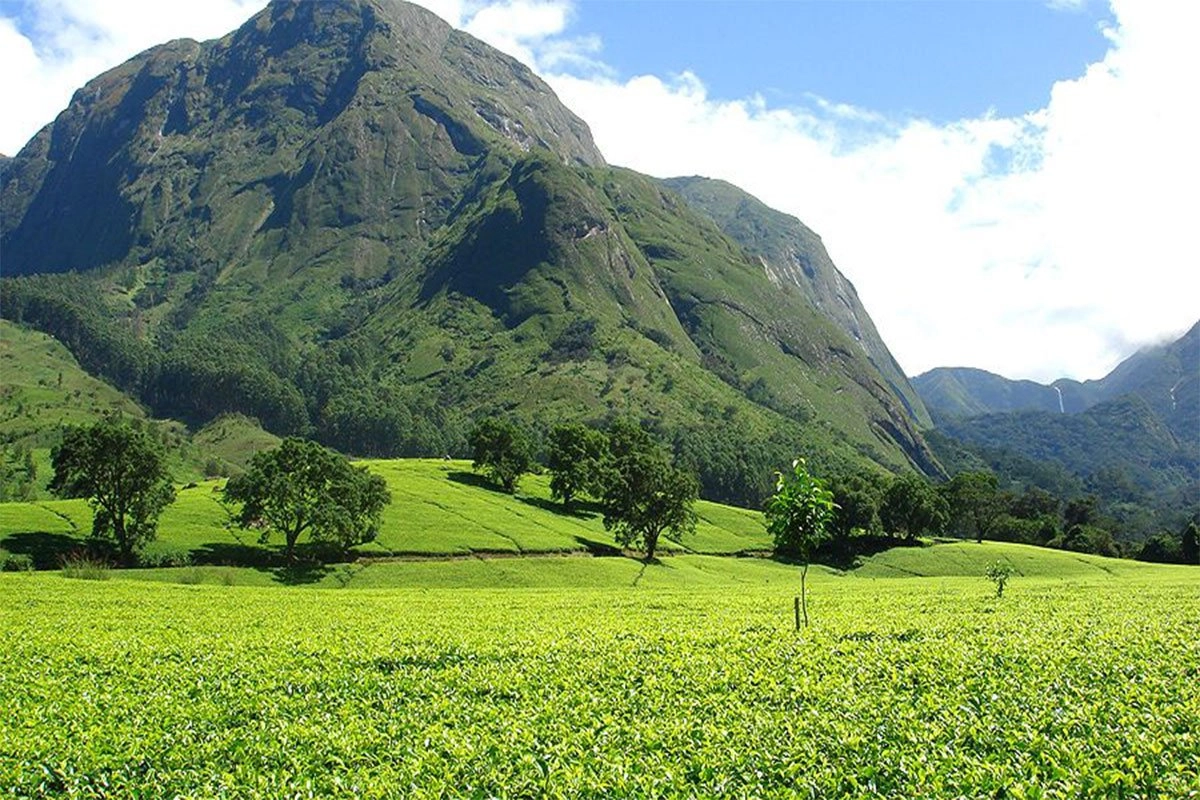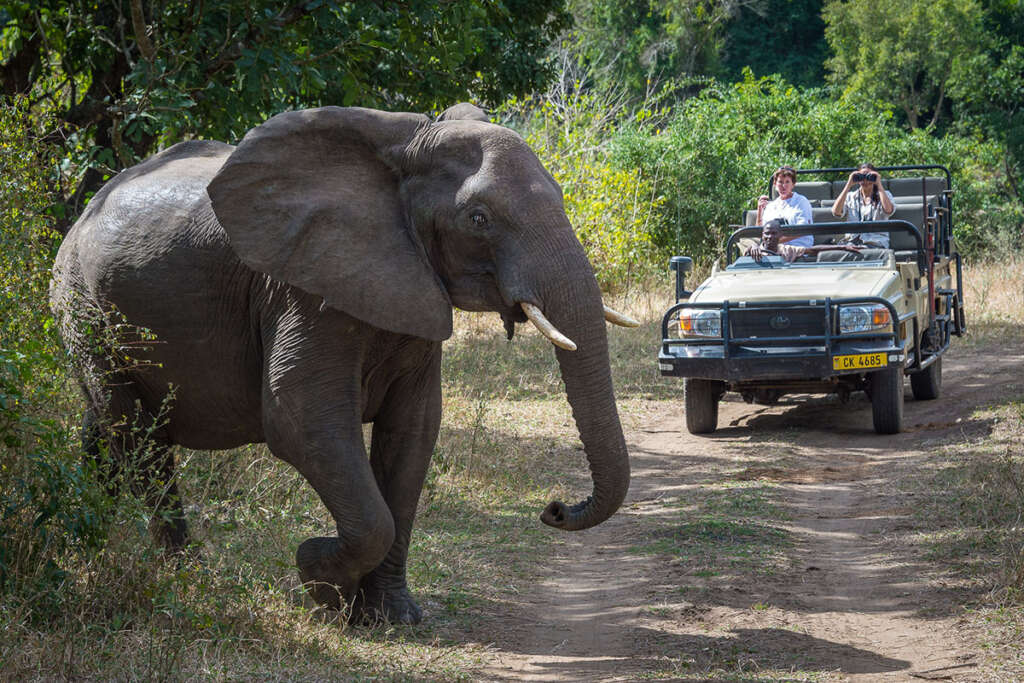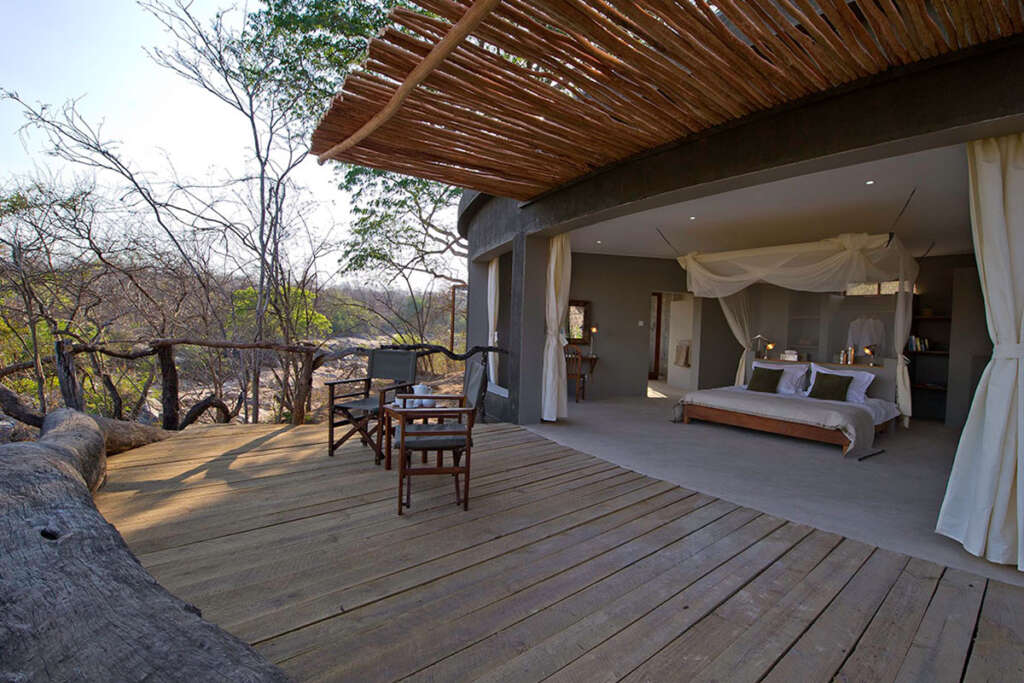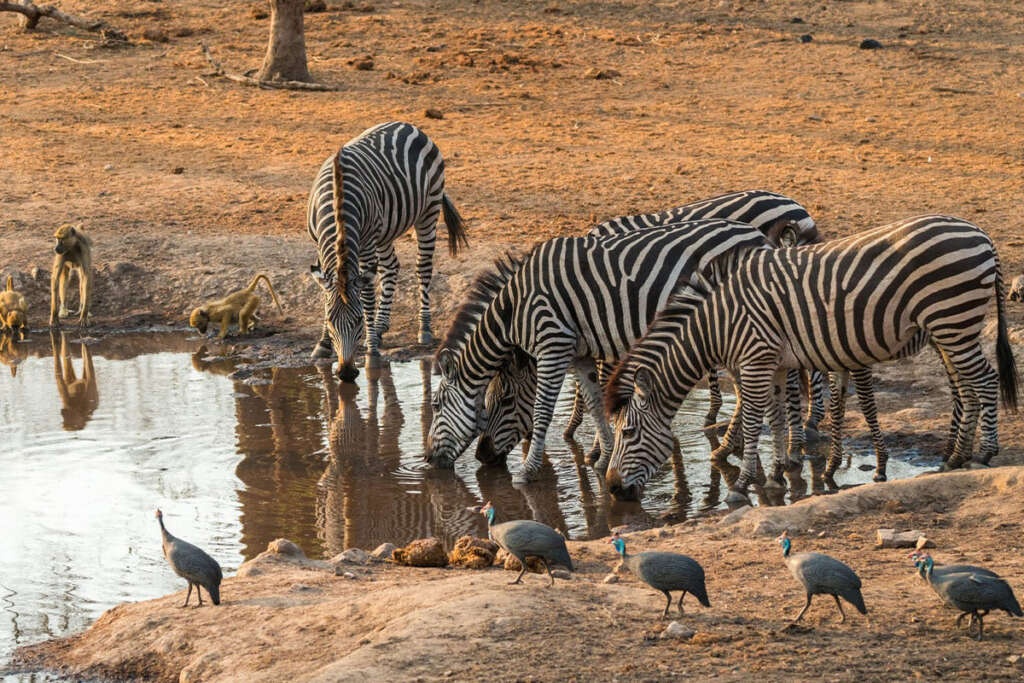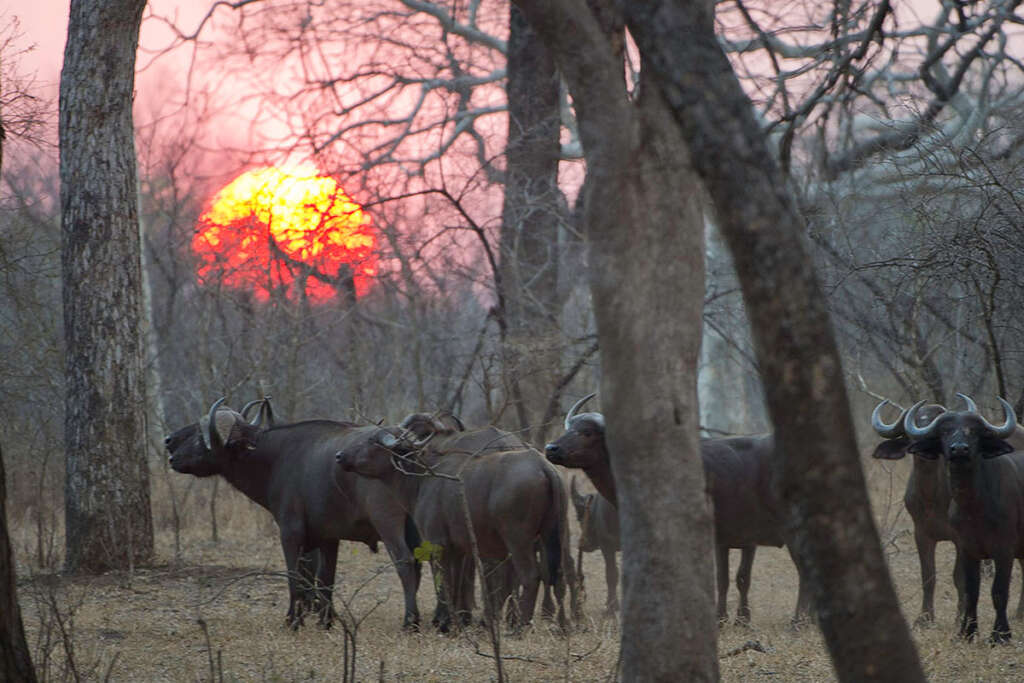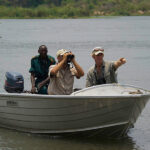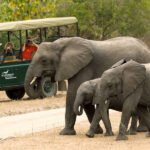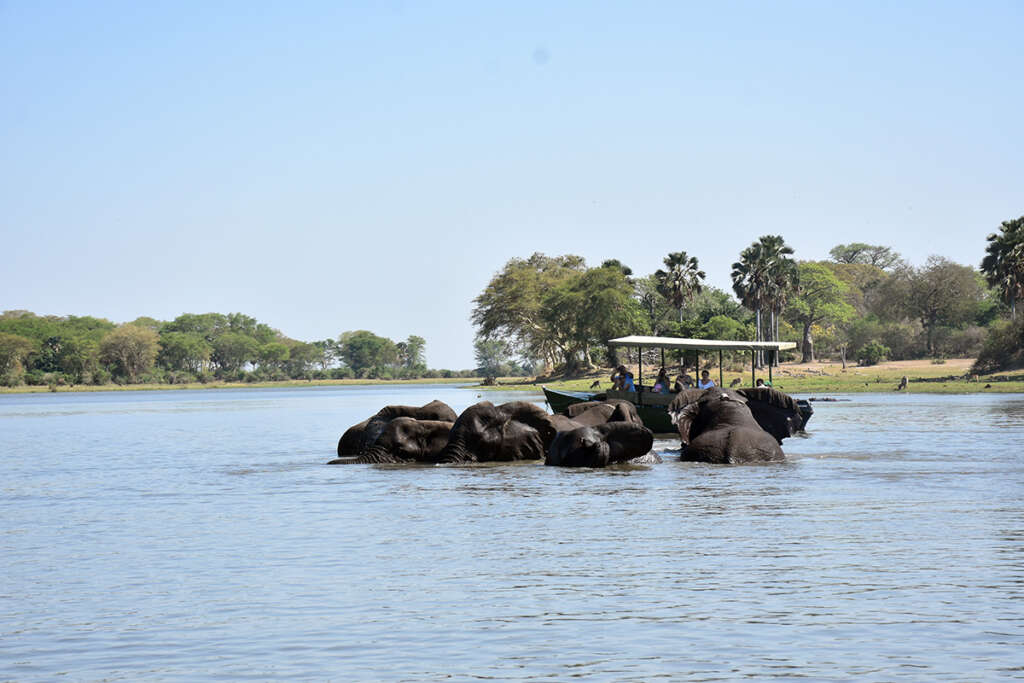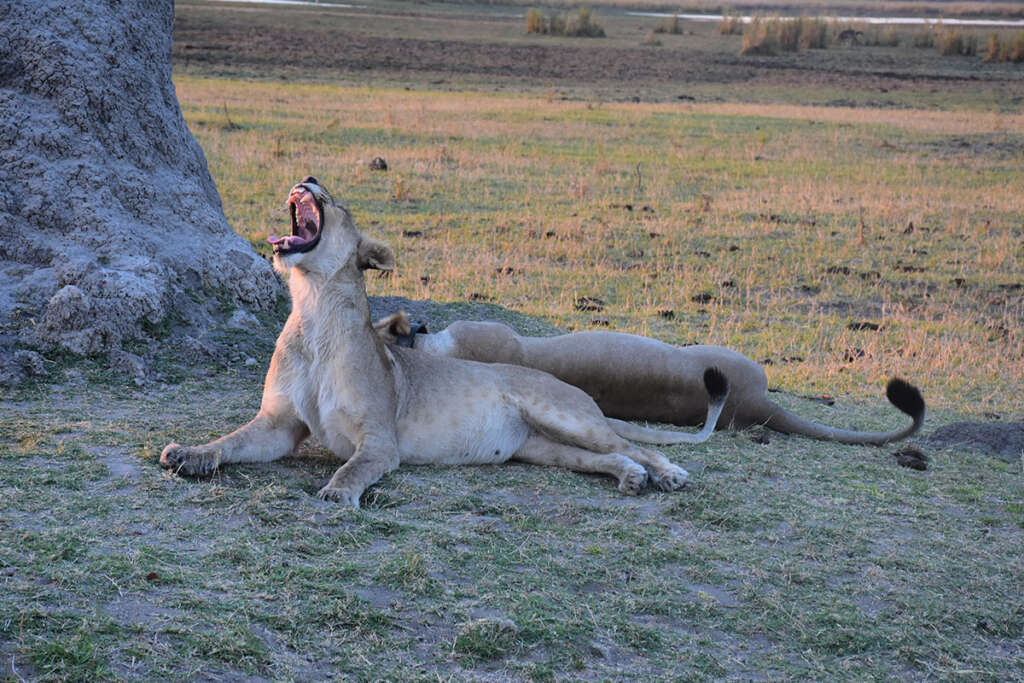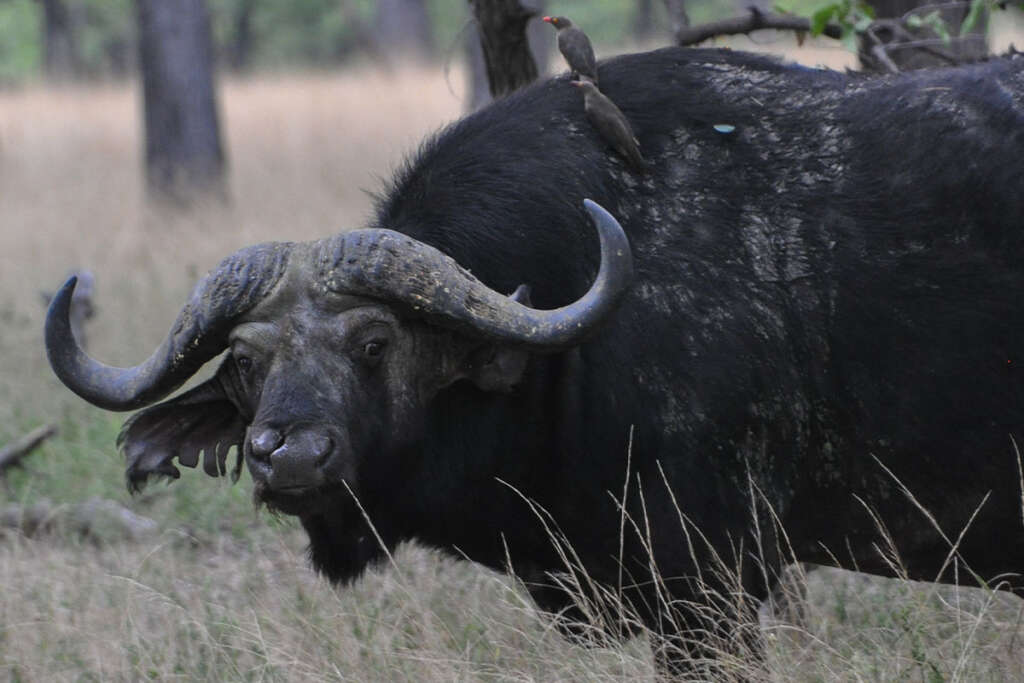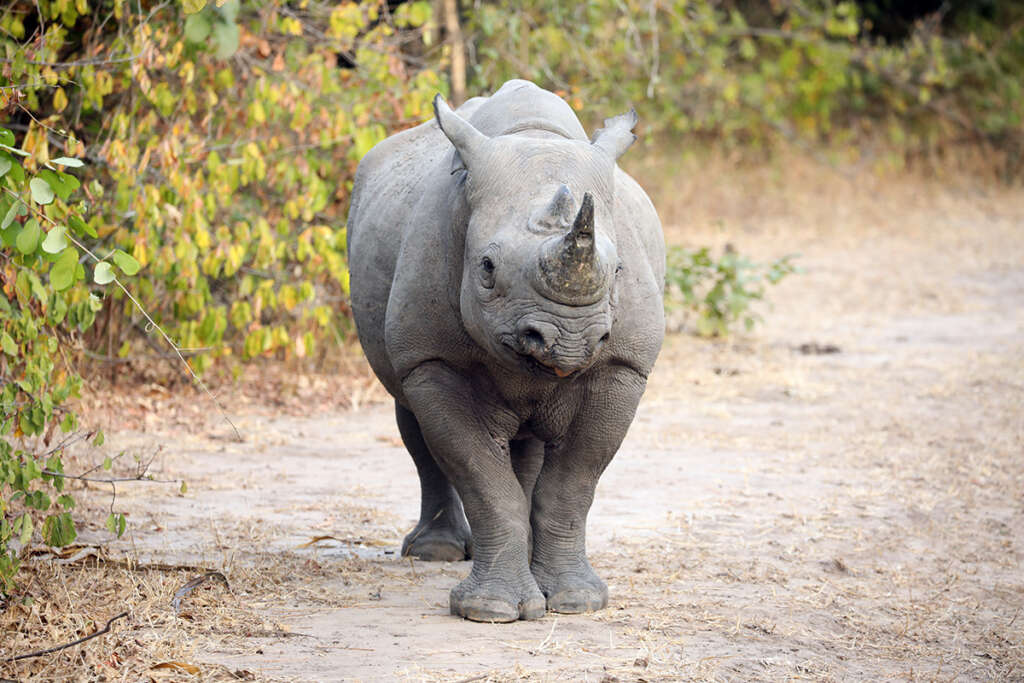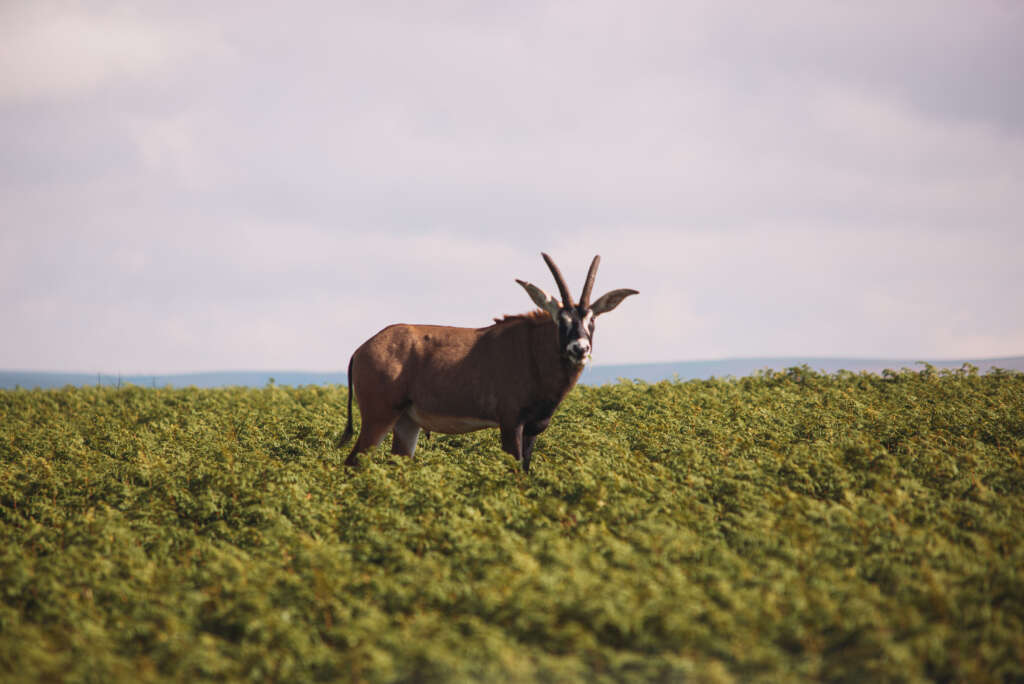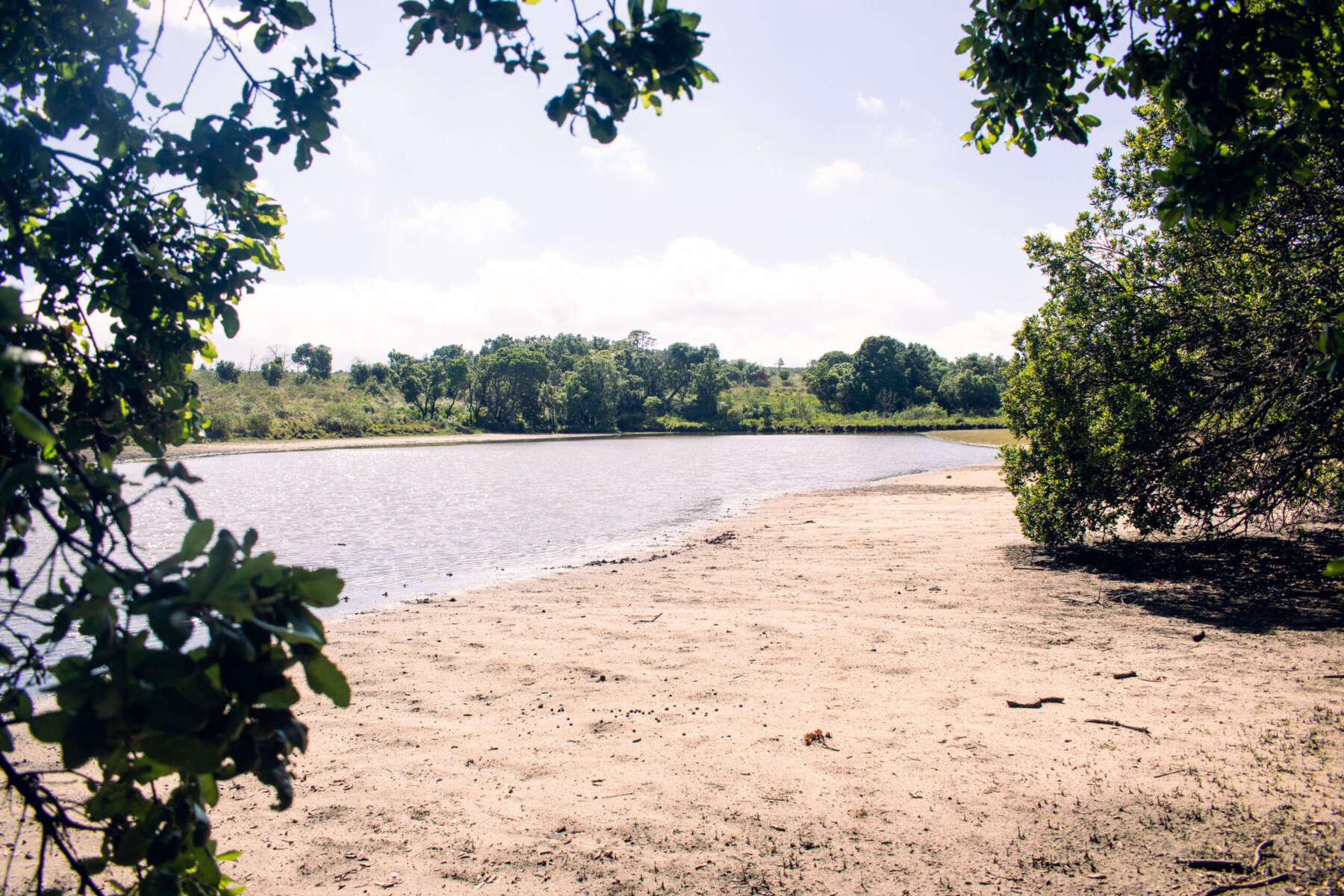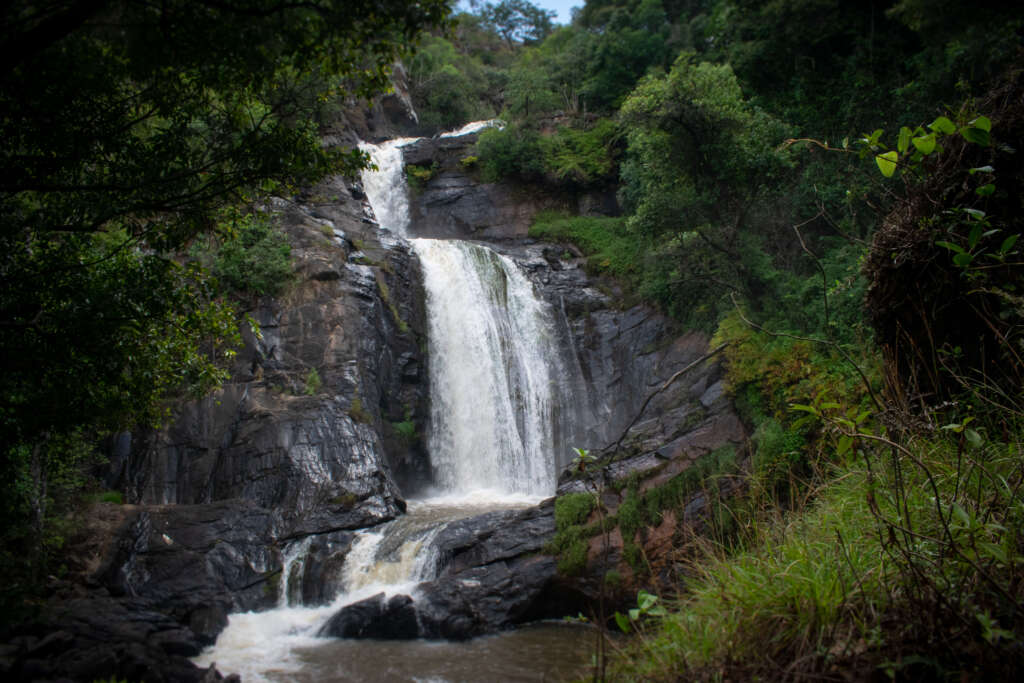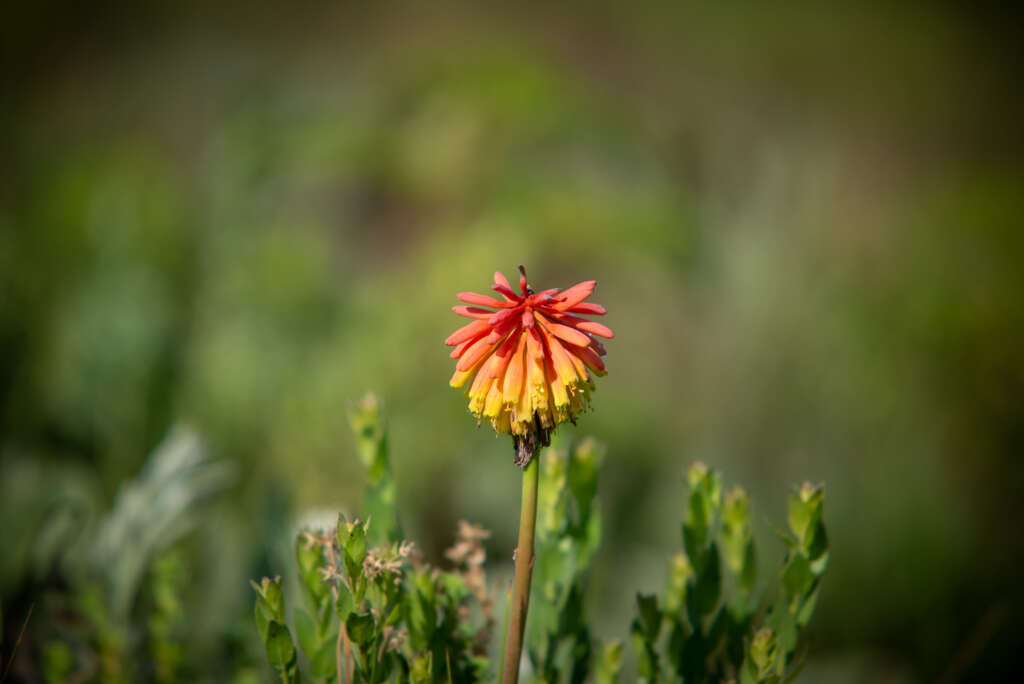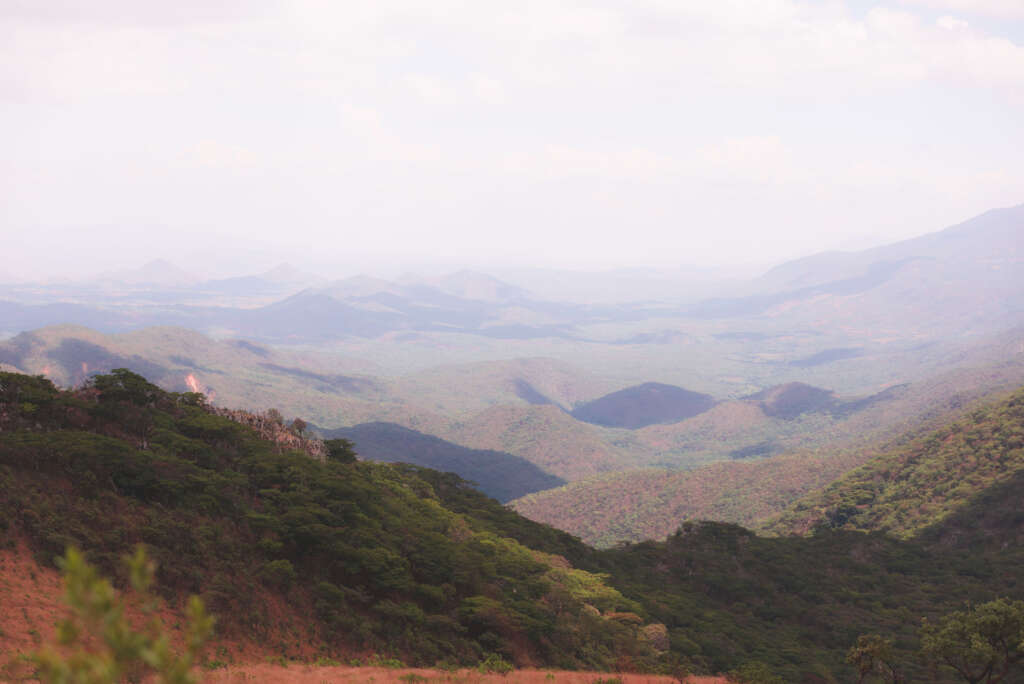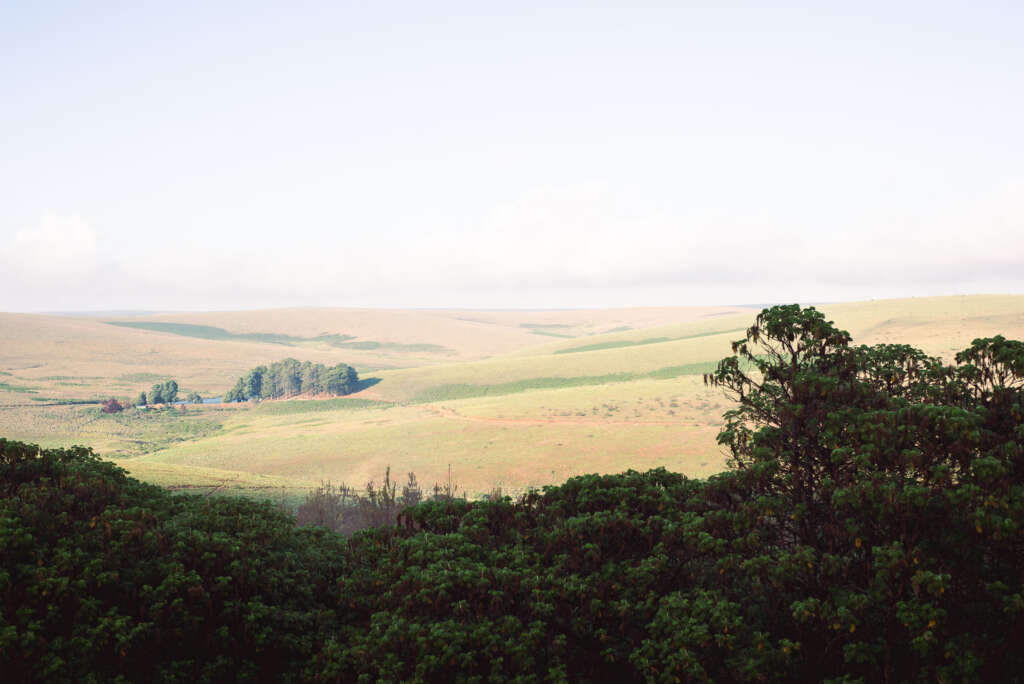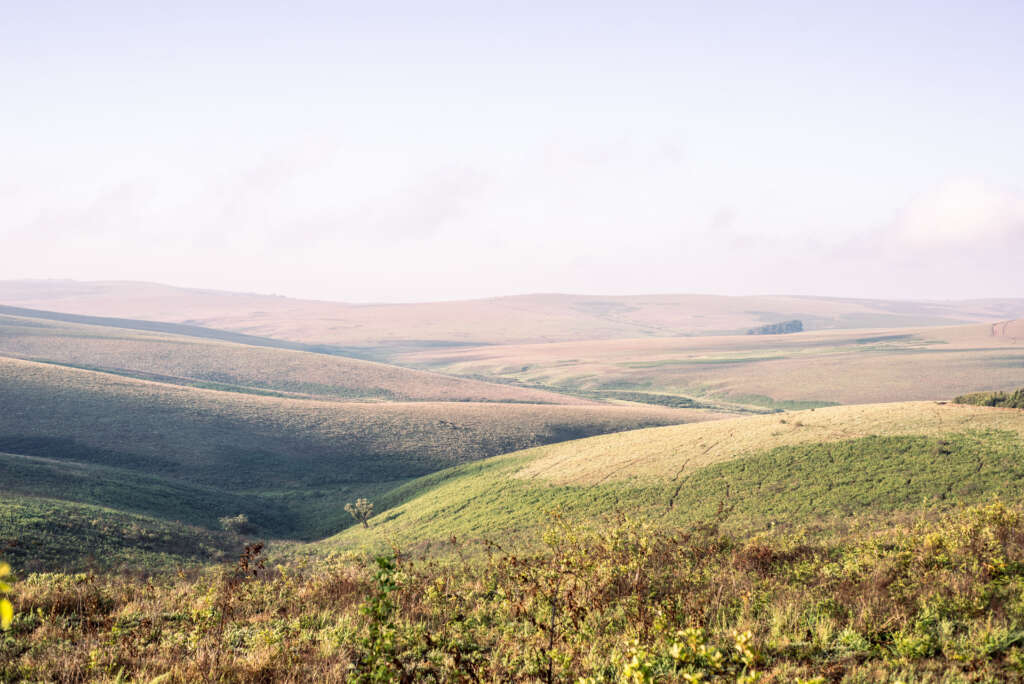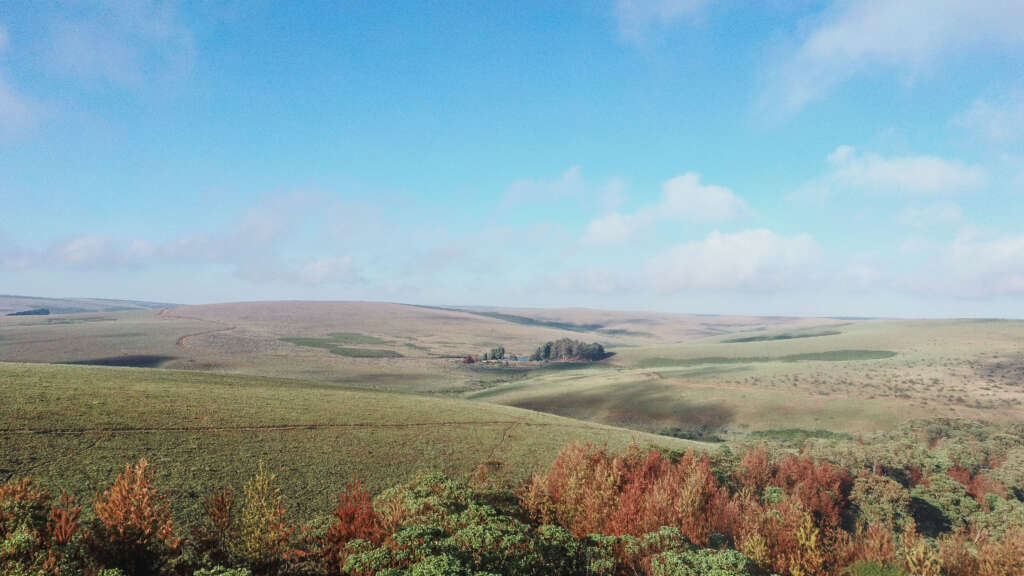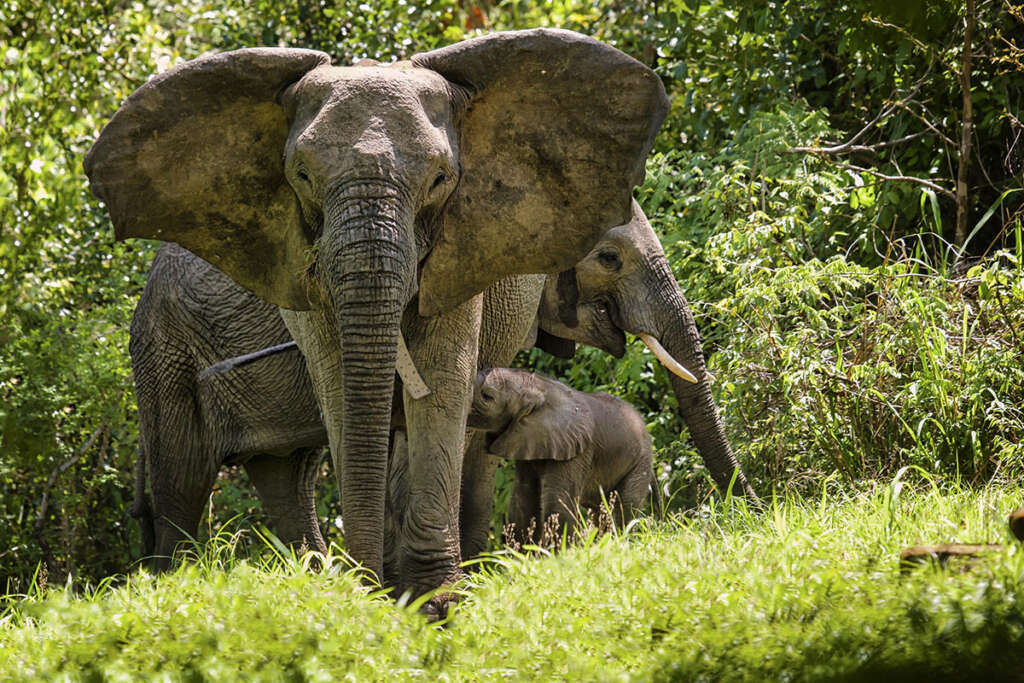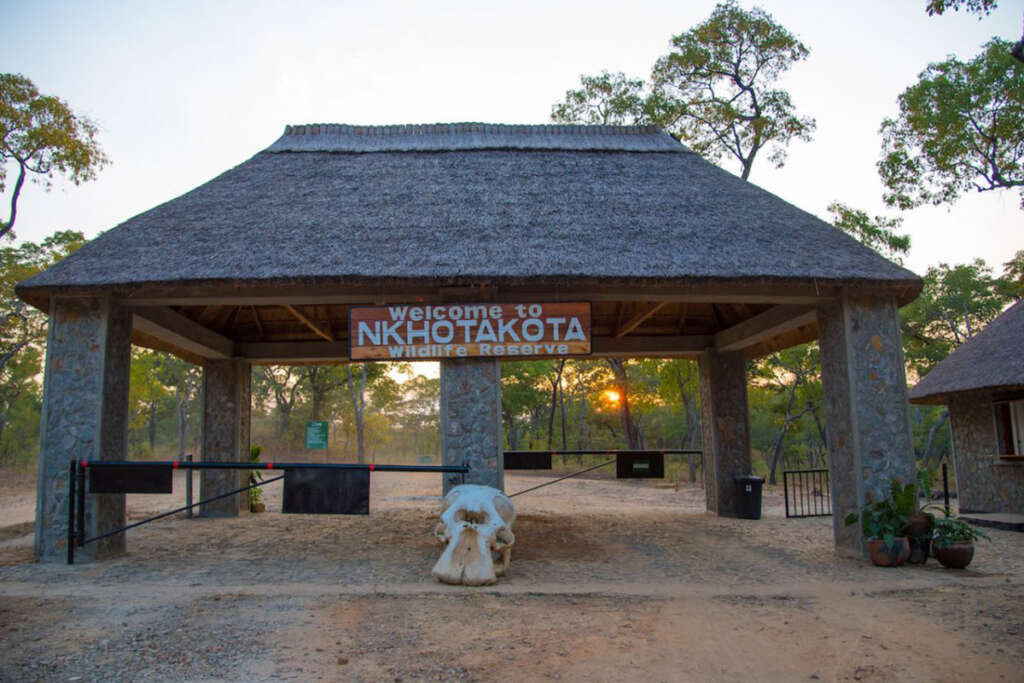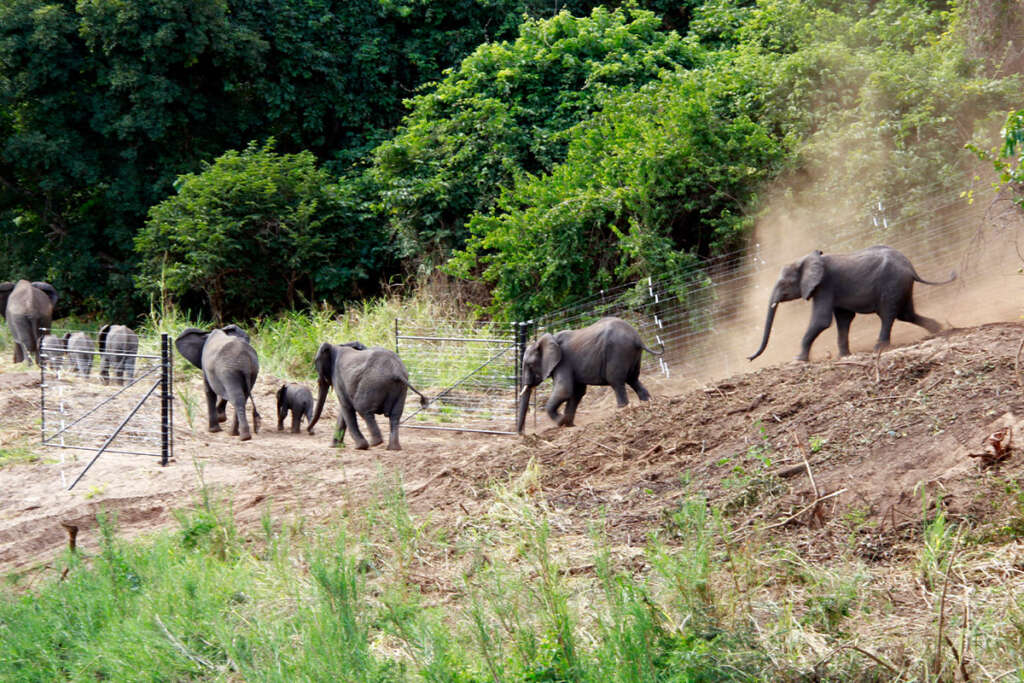TOURIST DESTINATIONS
Lake Malawi
Explore Lake Malawi, Africa’s third largest lake as well as the second-deepest in Africa and the ninth-largest in the world. It’s the Jewel in the Warm heart of Africa’s tourism crown with its cool, clear blue waters, paired with its golden sands. It’s the calendar lake as it is 365 miles in length from north to south and 52 miles wide. Occupying about 20 percent of the total surface area of Malawi, the lake covers an area of 29,600 sq km, most of which is located within the State of Malawi. Lake Malawi is also known as the lake of stars, as lights from the lanterns of fishermen on their boats can be seen, that resemble stars in the sky from a distance. Beautiful and astonishing golden beaches around Lake Malawi attract a lot of activities such as Snorkeling, Scuba diving, Beach soccer, Kayaking and Sailing, Boat trips, Water-skiing, Sailboarding, Beach volleyball, Stargazing, Sand festival and many more experiences to explore.
Lake Malawi has its own National Park, the Lake Malawi National Park. The park was created to protect the lake’s endemic fish species and is Malawi’s only UNESCO World Heritage Site. According to UNESCO Lake Malawi is no ordinary lake as it’s a home of an incredible diversity of life, with over 350 species of endemic cichlid fish.
Mulanje Mountain
Also referred to as “the island in the sky” this is the highest peak of southern Africa with a height of 3000 meters.
The mountain is located just 65 km away from Blantyre, Malawi’s business hub. It is covered with several varieties of vegetation with unique tree known as Mulanje Cider.
Activities includes; trekking, hiking as well as driving around the scenic nature of the tea plantation found at the foot of the mountain.
Majete Wildlife Reserve
Before African Parks involvement in the reserve, most of its wildlife had been poached to extinction. Within five years of taking responsibility for the reserve, over 2,000 animals had been reintroduced and the entire park has been fenced.
Majete now hosts more than 4000 animals, including the Big 5! Elephants, lion, leopard, black rhinos, buffalos, elands, nyalas, zebras and hippos can be seen in the reserve. In July 2019, African Parks, the Department of National Parks and Wildlife and the Endangered Wildlife Trust successfully translocated a founding population of 4 cheetah from South Africa into Majete Wildlife Reserve where they have been missing from the landscape for decades. This reintroduction marks another milestone in the fight for the preservation of Malawi’s wildlife.
Birdlife is also present in Majete with more than 300 species. These include several raptors, four vulture species, and a large population of bateleur eagles. From July to November, the park witnesses a plethora of migratory birds, including skimmers in the riverine areas, and the diminutive, yet beautiful rock pratincole.
Liwonde National Park
Liwonde National Park offers one of the densest concentrations of wildlife in Africa! You will have the opportunity to spot a lot of Elephants as the park hosts around 900! The elephant population has grown so much in the past years that it has become hard for them to survive, this is why some of them have been transported to Nkhotakota Wildlife Reserve for what was “the biggest elephant translocation in Malawi”.
This isn’t the only translocation, in 2017, 4 cheetahs were re-introduced, this is now up to an incredible 18 and are still multiplying! As the only carnivores in the park (except for a few hyena) it was an all you can eat buffet for them until African Parks brought back the lions! With leopard coming in from Zimbabwe any day and another 23 black Rhinos due to join our already strong population this is fast becoming one of the hottest wildlife destinations in Africa. Rumor has it wild dog are coming soon too!
The park is also inhabited by hundreds of crocs and hippos, antelope, zebra and buffalo. Liwonde National Park is also a birders paradise with more than 300 different species so there really is something for everyone!
Nyika National Park
It is the oldest, largest, and most beautiful park and a host to 6 endemic orchids species. It is renowned for its wildlife and spectacular scenery over the Nyika Plateau with Nganda hill as highest point at 2600m above the sea level.
The montane evergreen forests and glasslands harbour several bird species than any similar forests elsewhere in Malawi. The breeding population of Wattled Crane and Denham’s bustard which are classified as vulnerable and near-threatened respectively on Nyika’s grassland are by far the largest in the country. The Park is home to 85 mammal species and over 420 bird species. Some key species commonly seen include elephant, roan antelope, zebra, eland, reedbuck, bushbuck, leopard and jackal.
Other attractions: The Chisanga Falls on the Rukuru River, Lake Kaulime, Nganda Hill (the second highest point in Malawi).
Nkhotakota Wildlife Reserve
Nkhotakota Wildlife Reserve is situated in the east of Malawi, near the Lake. The Nkhotakota Wildlife Reserve is the oldest park in the country and a beautiful example of wilderness. African Parks became responsible for this park and undertook the biggest elephant translocation bringing in elephants from Liwonde National Park and Majete Wildlife Reserve.
Nkhotakota used to have more than 1,500 elephants but, after years of poaching, less than 100 of them remain. This is one of the reasons why 250 elephants were moved from Liwonde National Park and 250 others from Majete Wildlife Reserve to Nhoktakota Wildlife Reserve, creating Malawi’s premier elephant sanctuary in Nkhotakota and restoring the park to its former glory. The Bua River is home to crocodiles and the birdlife in Nkhotakota is prolific with more than 280 bird species recorded.
Nkhotakota is a rugged terrain crossed by many rivers tumbling down the edge of the escarpment as they make their way to the lake. The main part of the reserve is Miombo woodland with patches of tall grass. The summit of Chipata Mountain is covered by an evergreen forest.


